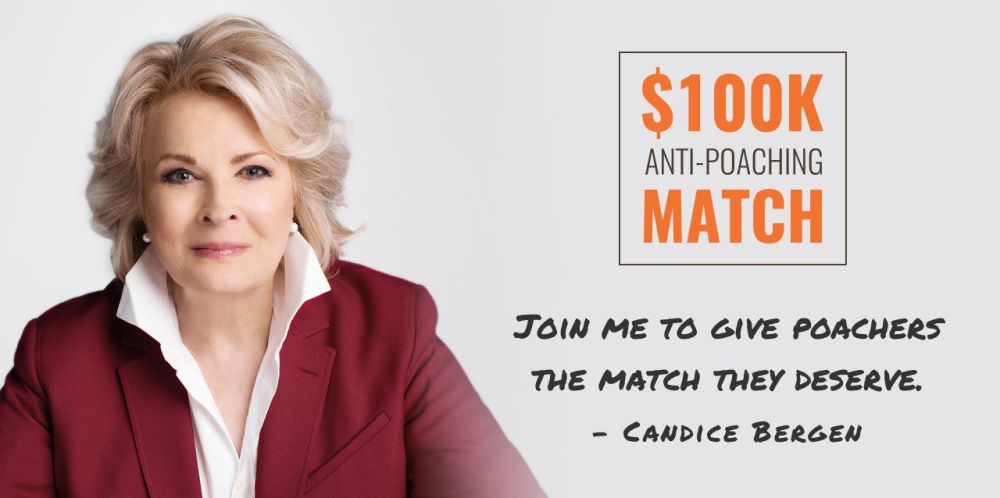41 new Marine Conservation Zones expands England’s Blue Belt
Posted on
|
In the run up to World Oceans Day (8th June every year), Environment Secretary Michael Gove has created 41 new Marine Conservation Zones. This represents the most significant expansion of England’s Blue Belt of Protected Areas to date. Stretching from Northumberland (where eider ducks live) to the Isles of Scilly off Cornwall (basking sharks, seabirds and fish) , the action Gove has taken safeguards 12,000 square kilometres of marine habitat. A substantial number of additional zones were created in waters away from the coast – some in the deep sea – thus giving protection to habitats and species such as coral gardens, fan mussel and sea pens. Here’s a map showing the Marine Protected Areas Vulnerable marine wildlife will now have an opportunity to recover. And if there are richer habitats for marine life, so there life will be better for those whose livelihoods depend on a healthy coastline and sea. WWF has discovered that in marine protected areas, fish breed more readily and populations recover. In the Apo Island (Philippines), communities depend heavily on fish. After a marine protected area was created, catch per unit increased 50%. Fish populations tripled. Fisherman were able to save fuel and spend less time at sea. The UK now has over 350 Marine Protected Areas, covering 220,000 square kilometres – that’s twice the size of England. The areas protected include wildlife such as worms, seahorse and oyster. Sand, tidal mud, rocky reefs and gravel will be protected. Each as a role to play in the balance of nature. The evidence about the importance of these new sites was gathered by volunteer divers who dive for Seasearch, a programme co-ordinated by the Marine Conservation Society. Divers spent hours diving very diverse seabed habitats to record the marine plants and animals living in our inshore seas. There were extensive consultations with local fishermen too, and members of the public. This citizen science enabled groups such as the Marine Conservation Society to make a case for protecting many of these sites, and they will now be involved in developing management and monitoring plans for these newly protected areas. After all, protection must be active if it is to mean anything. It’s no good allocating a protected status to an area if action isn’t taken to ensure that the area IS protected. Bodies such as the Marine Management Organisation and local Inshore Fisheries and Conservation Authorities will have the responsibility of ensuring that the zones are protected, working with local fishing communities and other organisations. The UK government has called for 30% of the world’s oceans to be protected by 2030. It has co-chaired the creation of the Commonwealth Clean Ocean Alliance with Vanuatu. Later this year, the government will publish an international strategy setting out more action to conserve the ocean and use it in a sustainable way. Meantime, its next step closer to home is to stop damaging activities in the Marine Protected Zones which affect wildlife. Beam trawling, dredging for scallops and langoustines are among these – and surely there must be some action to stop some leisure activities, too. But this is a great start, and the fact that citizen scientists (e.g. willing volunteers) and world-class marine scientists have worked together to contribute towards such an outcome is heart-warming. Watch this space! |
